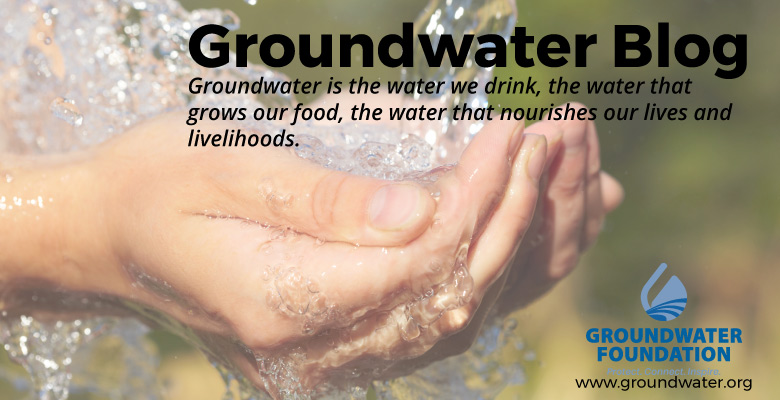these is the protection of groundwater and your health, as water quality issues can have adverse health impacts without any detectable indicators.
Small problems can often be identified by performing maintenance before they become costly, inconvenient situations. It’s similar to routine maintenance on your vehicle—if you have the oil changed at specified intervals, the engine will operate reliably much longer than if you don’t.
At a minimum, wells should be evaluated annually by a licensed or certified water well systems professional and include a flow test; visual inspection; a water quality test for coliform and anaerobic bacteria, nitrates, and anything else of local concern; checking valves; and electrical testing.
You should receive a written report following the annual checkup that describes recommendations and all laboratory and other test results. Keep this with all other well information.
Understanding Your System
Well owners should have a basic understanding of their well system. Start by maintaining records of any well logs. A detailed log of your well’s construction and the pump installation record are two important tools in troubleshooting and potentially fixing issues with your well and well pump in the future. Ask your well contractor for these records. A well log can provide information regarding the depth of the well, the type of casing used, grouting practices and intervals, static water levels, what type of pump test was performed and results, if the well is screened or not, and more.
You should also be aware of any filtration or treatment systems. Know if one is installed, what type of treatment method is used, and what the water is being treated for. Read the owner’s manual and keep a copy with your well records for when an issue arises.
Visual Inspection
Well owners should also conduct a regular visual inspection of the well to monitor its performance.
- On the wellhead, inspect the casing’s general condition and if it extends at least 12 inches above ground. The well cap on top of the casing should be securely attached. Verify that any electrical connections are secure.
- Survey the area above ground surrounding the well. Check the location relative to potential sources of contamination, flooding, and physical dangers. Maintain at least 50 feet between the well and any kennels, pastures, feeding areas, or livestock operations, and ensure a proper distance is maintained from buildings, waste systems, or chemical storage areas (including fuel tanks). Be sure the ground surrounding the wellhead is sloping away from the well to divert surface runoff.
- Any growth of weeds, trees, shrubs, or grasses with root systems within 10 feet of the well should be physically removed. Avoid the use of chemicals or herbicides near the wellhead.
- The well should not be in a roadway or driveway. If it is within close proximity to a roadway or driveway, it should be properly marked to avoid being hit by vehicles. Be conscious of any other potential threats to the wellhead—garages, ATVs, sledding hills, debris, dirt, surface water, fuels and chemicals (including fertilizers), and runoff water from kennels, pastures, or feedlots.
- Well owners should visually inspect any above-ground pumping equipment. Ensure motors are properly cooled and vented, check for shaft seal leaks, and rust or other signs of weakened fittings.
- Examine other above-ground well system wiring and parts such as pipes, connections, joint seals, gauges, pressure relief valves, and the water meter (if present). A water sample tap should be located near the pressure tank, high enough to easily collect a water sample.
- Note the condition and accessibility of above- and below-ground storage tanks. Evaluate the condition of the control box and connections. Maintain water softeners, conditioners, and filtration equipment.
When to Call a Professional
A qualified water well professional should be consulted for any issues discovered during a visual inspection. When in doubt, call a water well systems professional, but especially:
- Anytime the well has to be opened (cap or well seal removed).
- If you experience taste or odor problems.
- If you experience turbidity or cloudiness (“dirty” looking)
- If there is a loss of capacity or pressure—the well is not producing as much water as previously produced, the pressure drops and surges, or the pump cycles on and off frequently.
- If a test is positive for total coliforms, anaerobic bacteria, or any positive test results indicating a potential health concern.
- If you find defects with your wellhead, the wellhead area, or the overall water system during your routine inspection.
Cleaning and disinfection should only be performed by a qualified water well systems professional—for your safety and the protection of your well system.
Find out more about proper well maintenance and much more online at www.wellowner.org.












